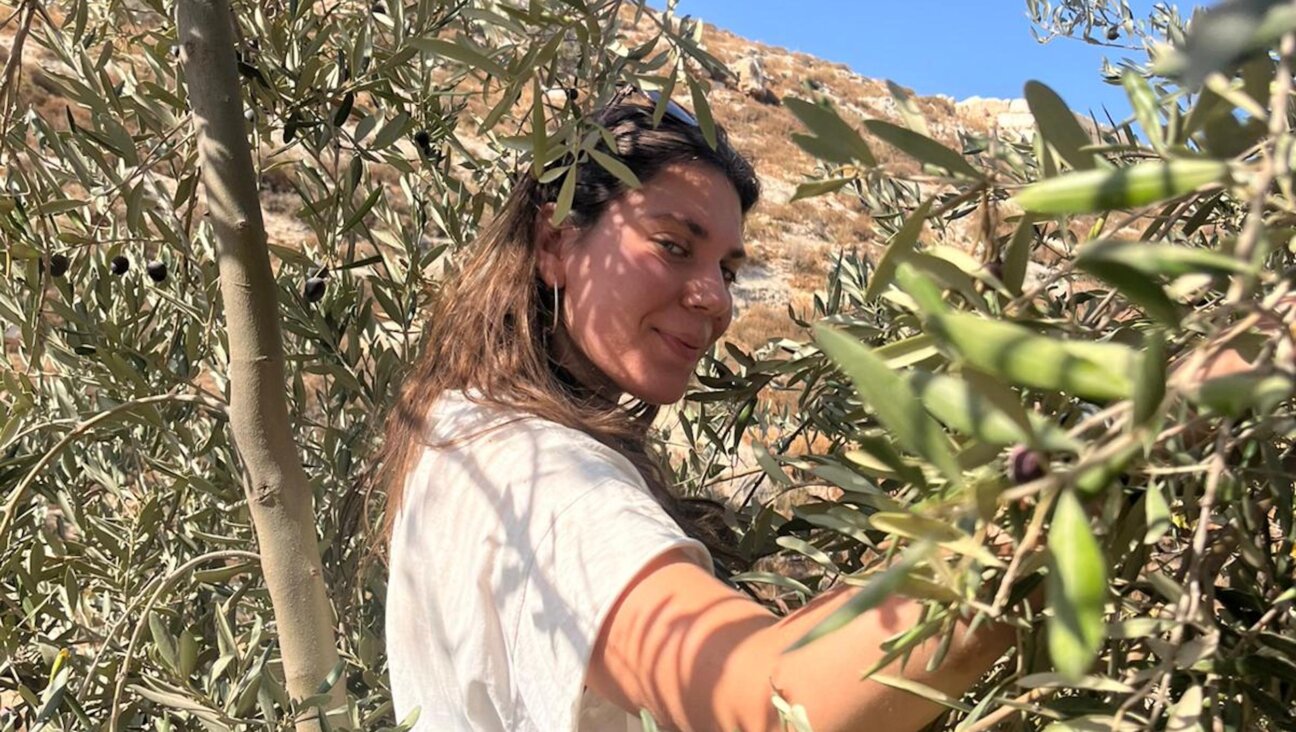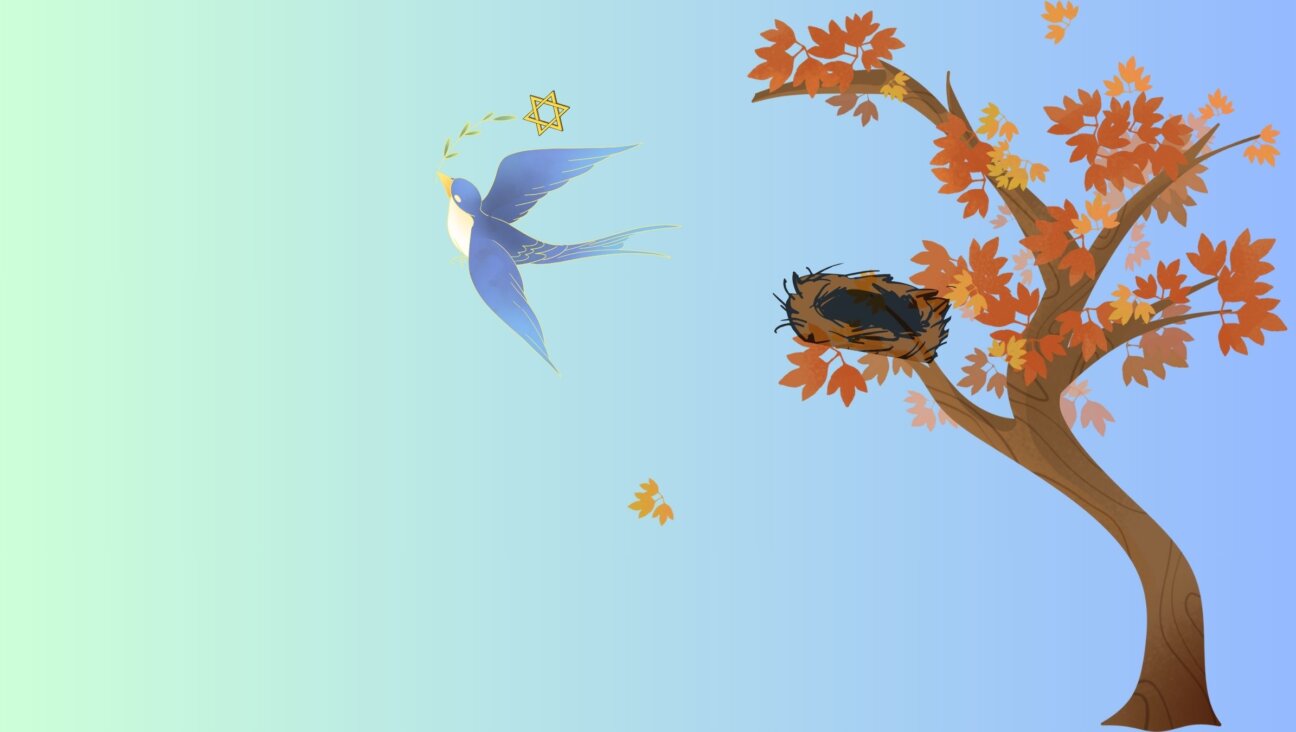Virginia Settlers Resorted to Cannibalism in Harsh 1609 Winter

Image by getty images
Settlers at Virginia’s Jamestown Colony resorted to cannibalism to survive the harsh winter of 1609, dismembering and consuming a 14-year-old English girl, the U.S. Smithsonian Institution reported on Wednesday.
A recent excavation at the historic site revealed not just the remains of dogs, cats and horses eaten by settlers during the cold “Starving Time” of that year, but also the bones of a girl known to researchers simply as “Jane.”
This is the first direct evidence of cannibalism at Jamestown, the oldest permanent colony in the Americas, the Smithsonian said on its website.
The institution is the biggest museum and research complex in the world with 19 museums and galleries, most of them in Washington. It also includes the National Zoo.
“Historians have gone back and forth on whether this sort of thing really happened here,” said Smithsonian forensic anthropologist Douglas Owls, who analyzed the bones after they were found by Preservation Virginia, a private nonprofit group.
“Given these bones in a trash pit, all cut and chopped up, it’s clear that this body was dismembered for consumption,” Owls said in the online announcement at http://www.smithsonianmag.com/history-archaeology/Starving-Settlers-in-Jamestown-Colony-Resorted-to-Eating-A-Child-205472161.html .
It is unknown whether “Jane” was murdered or died of natural causes, whether several people or just one person participated in what the announcement called “the butchering.”
“The chops to the forehead are very tentative, very incomplete,” Owls said. “Then, the body was turned over, and there were four strikes to the back of the head, one of which was the strongest and split the skull in half. A penetrating wound was then made to the left temple, probably by a single-sided knife, which was used to pry open the head and remove the brain.”
The brain, tongue, cheeks and leg muscles appear to have been eaten, with the brain probably consumed first because it decomposes soon after death, the announcement said.
Scholars have speculated that extreme drought, hostile relations with the local Powhatan Confederacy and a lost supply ship made the Jamestown colonists desperate enough to eat humans. Writings had suggested it, but no hard physical evidence existed until now.
William Keelson, lead archeologist on the project, and his team discovered the girl’s remains last summer.
“We found a deposit of refuse that contained butchered horse and dog bones,” Keelson said. “That was only done in times of extreme hunger. As we excavated, we found human teeth and then a partial human skull.”














